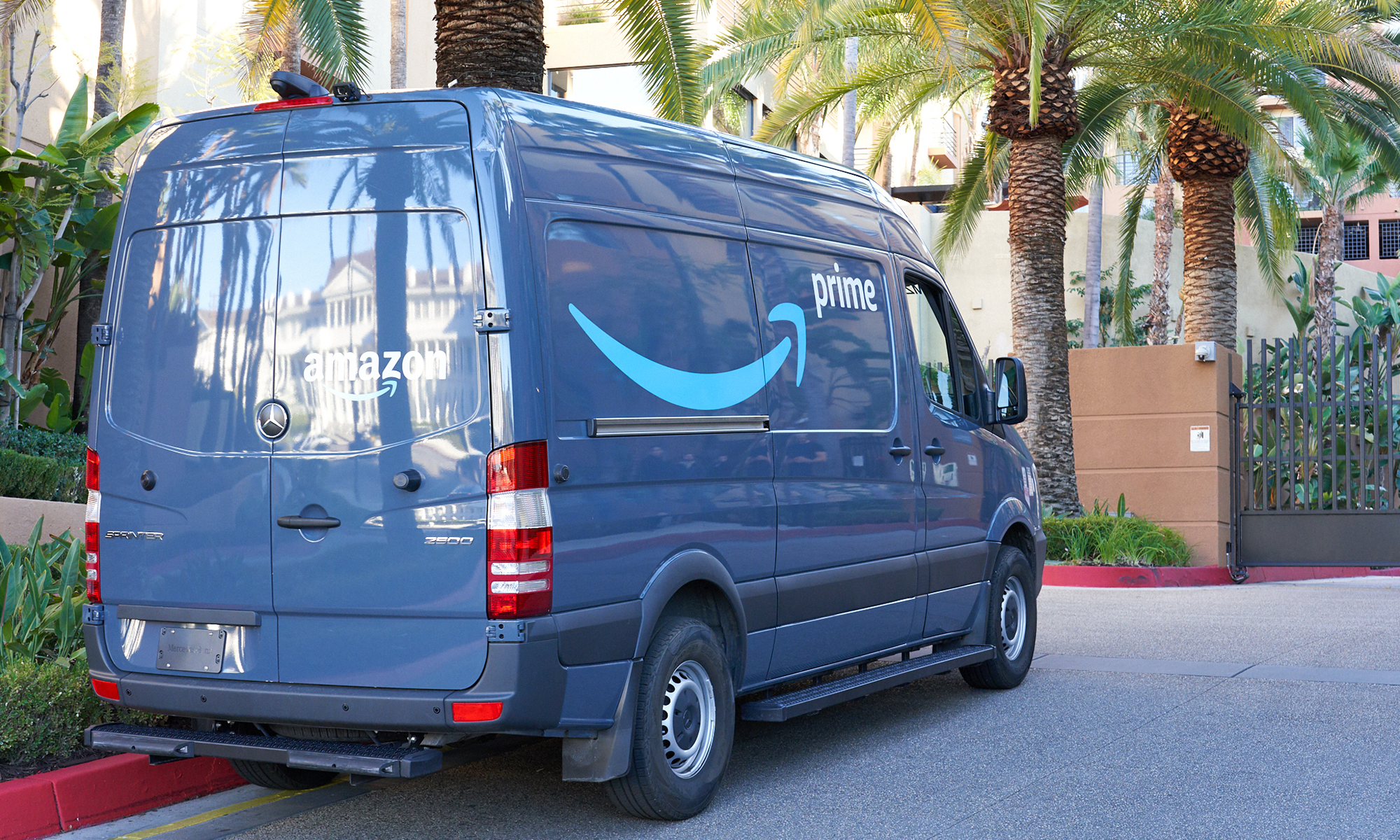Amazon (AMZN 1.78%) has grown to become one of the largest companies in the world, with a market cap of over $2 trillion. While the stock has rallied off its lows, its shares are still down on the year, marking this a good time to buy the stock.
Let's look at four reasons to pile into the stock right now.

NASDAQ: AMZN
Key Data Points
1. A cloud computing winner
While best known for its e-commerce operations, Amazon's largest business by profitability is actually its cloud computing division, Amazon Web Services (AWS). The company created the cloud computing and infrastructure-as-a-service industry after its own struggles to scale its infrastructure needs. It remains the largest cloud computing service in the world, with around a 30% market share.
AWS is also Amazon's fastest-growing segment, with revenue rising 17% last quarter to $29.3 billion and operating income up 22% to $11.5 billion. The growth is being fueled in part by customers building and deploying artificial intelligence (AI) models and applications through services like Bedrock and SageMaker. Bedrock offers customer access to a variety of leading foundation models that they can fine-tune, while SageMaker provides an end-to-end platform for building, training, and deploying models from scratch. Customers then run these AI workloads on AWS, driving further usage and revenue growth.
Amazon has also developed its own AI chips through its Annapurna Labs subsidiary. Its Trainium chip is optimized to train large language models (LLMs), while its Inferentia chip is designed for inference. Custom chips tend to perform better at specific tasks while using less power. This helps lower the overall cost of ownership and gives Amazon a cost advantage over its competition.
With its AI business capacity constrained, Amazon is investing heavily to build out its data center infrastructure. While there is a risk of overbuilding, which could pressure margins if this were to occur, right now all the major cloud computing players are seeing tremendous demand and racing to keep up with demand.
2. Easing tariff worries
While AWS has been Amazon's biggest growth driver, its e-commerce business is still a major contributor to the company. While its North American segment has been seeing solid revenue growth, including 8% in Q1, the company is not immune to tariff and trade war pressures.
First and foremost, Amazon is a general merchandise retailer. If the tariffs lead to a weakening economic environment and lower consumer spending, its e-commerce business is going to feel the impact.
Meanwhile, many of the goods that it and its third-party merchants sell on its platform are manufactured in China. Higher tariffs can lead to higher prices, which can lead to less consumer spending as well. Amazon could also choose to eat some of the cost of tariffs on the goods it sells, but that would impact its gross margins and profits.
As such, it was good news for Amazon when the U.S. agreed to reduce Chinese tariffs from 145% to 30% over the next 90 days as the two countries work on a broader trade deal. The so-called "de minimis" tariff, however, was left in place (albeit with a reduction), but this is actually good for Amazon, as it primarily impacts Chinese competitors that are directly selling to U.S. customers, such as Temu and Shein.
The risk, of course, is that this is just a temporary pause and the trade war picks back up down the road.

Image source: Getty Images.
3. Improving margins
Pushing the trade war aside, Amazon has been seeing a nice improvement in its margins and profitability. Much of this is stemming from its use of AI.
For example, the company is using AI-powered robots to help in its fulfillment centers that can perform such tasks as lifting heavy objects, sorting, and carrying packages. Some robots also recognize damaged goods, preventing shipment; and in general, robots make fewer mistakes than humans. Along the same lines, it is using AI on its e-commerce platform to call out items that are frequently returned. Reducing returns is a big cost savings for Amazon.
Meanwhile, the company is also using AI to help optimize routes in its logistics business. This can help drivers deliver items more quickly and save on fuel costs. Taken together, this is all helping the company become more efficient and reduce costs.
AI is also helping fuel growth in Amazon's high-margin sponsored ad business by improving campaign performance and better targeting users on its marketplace platform. The company is using AI to both improve ad creation and deliver more relevant ads to consumers. One example of this is that it has developed a generative AI tool to help advertisers create AI-generated images for their sponsored ad campaigns.
All this is leading to the company seeing strong operating leverage. North America's operating income surged 16% in Q1, on only an 8% increase in revenue.
4. An attractive valuation
Despite the stock's recent rally from its lows, it still trades at one of its lowest valuations in its storied history. While this could be due to an exception of future lower returns, I think the company was plenty of growth ahead, as discussed above.

AMZN PE Ratio (Forward) data by YCharts.
Taken altogether, Amazon looks like a great investment over the long term. The stock has fallen, primarily on concerns over the impact of tariffs on both the consumer and its business. However, this is likely more cyclical in nature, and doesn't impact the company's long-term prospects. As such, I'd be a buyer of the stock at current levels.





